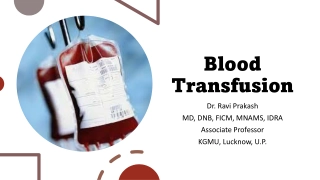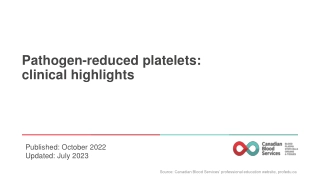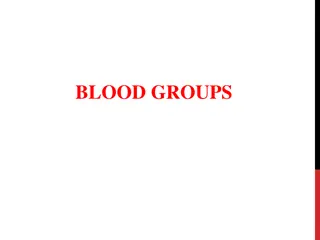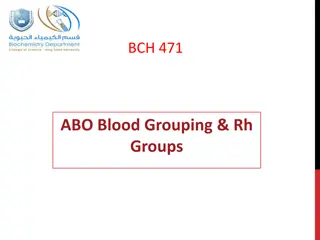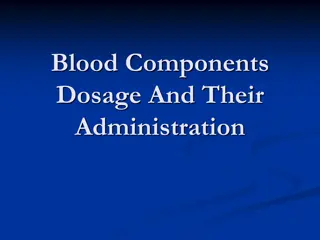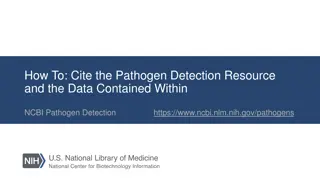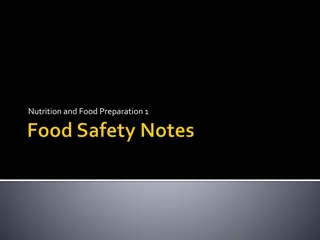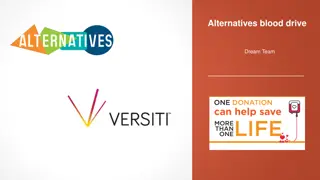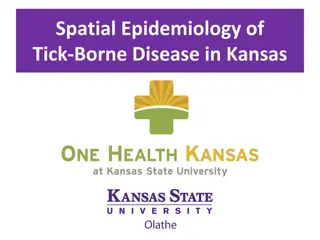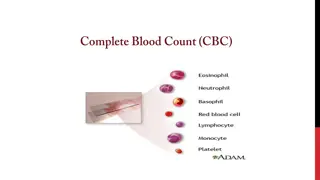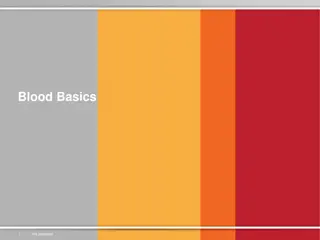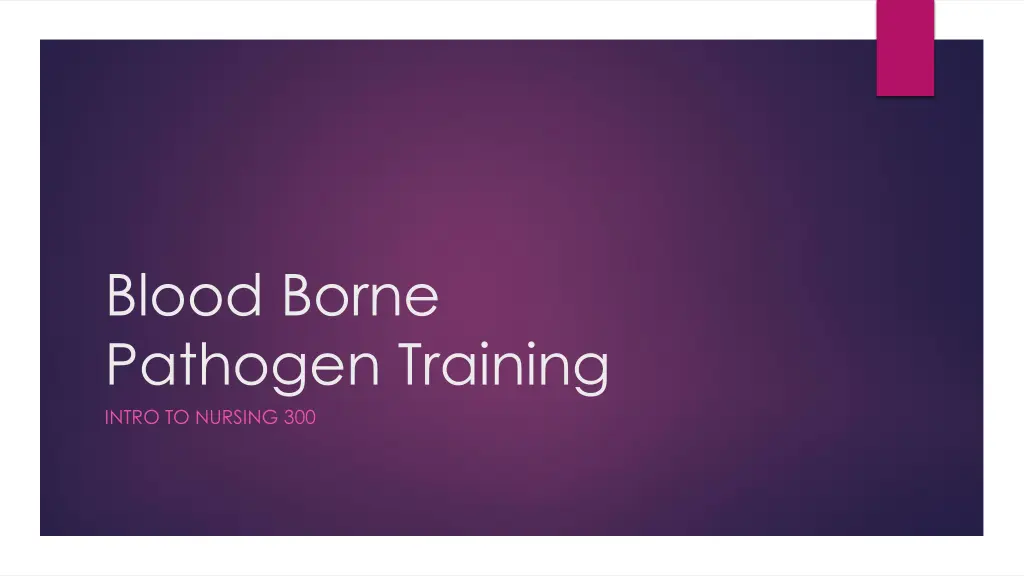
Bloodborne Pathogen Safety Training Overview
Learn about bloodborne pathogens, workplace exposure risks, safety practices, and prevention strategies in this comprehensive training. Understand the transmission of diseases like Hepatitis B, Hepatitis C, and HIV, and how to protect healthcare workers from potential exposure to infectious materials.
Download Presentation

Please find below an Image/Link to download the presentation.
The content on the website is provided AS IS for your information and personal use only. It may not be sold, licensed, or shared on other websites without obtaining consent from the author. If you encounter any issues during the download, it is possible that the publisher has removed the file from their server.
You are allowed to download the files provided on this website for personal or commercial use, subject to the condition that they are used lawfully. All files are the property of their respective owners.
The content on the website is provided AS IS for your information and personal use only. It may not be sold, licensed, or shared on other websites without obtaining consent from the author.
E N D
Presentation Transcript
Blood Borne Pathogen Training INTRO TO NURSING 300
Bloodborne Pathogen & Safety Training: Objectives Identify bloodborne pathogens and how are they transmitted Recognize the workplace activities that could expose you to blood and other possibly infectious materials State practices that will prevent or reduce exposure including equipment and safer medical devices, work practices and personal protective equipment Identify the appropriate Personal protective equipment to utilize. Become familiar with GCU s Exposure Plan and the steps to follow if exposed to a BBP. Identify vaccinations that can protect a healthcare worker from BBP.
Bloodborne Pathogen & Safety Training: Bloodborne Pathogens & Transmission Bloodborne Pathogen a pathogenic microorganism present in human blood that can lead to diseases. BBP of primary concern: Hepatitis B (HBV) Hepatitis C (HCV) Human Immunodeficiency Virus (HIV) Other BBP diseases Caused by viruses or bacteria Circulate in blood at some phase; capable of being transmitted Most are rare in the U.S. Examples: Hepatitis D, Syphilis, Malaria.
Bloodborne Pathogen & Safety Training: Bloodborne Pathogens & Transmission Contamination Sources: Blood, human body fluids, and unfixed tissue or organ from human Spread occurs through: Direct contact Indirect contact Respiratory transmission Vector-borne transmission
Bloodborne Pathogen & Safety Training: Workplace Activities How exposure occurs: Needlesticks Cuts from other contaminated sharps Contact with mucous membrane or broken skin with contaminated blood and/or bodily fluids Occupations at risk for BBP---Health care workers!
Bloodborne Pathogen & Safety Training: Safe practices STANDARD PRECAUTIONS need to be followed!!! All blood and bodily fluids should be treated as if they are contaminated. Use safe medical devices (safety needles or needless systems) Sharps disposal containers (should be close by) Appropriate and adequate Hand Hygiene
Bloodborne Pathogen & Safety Training: PPE Gloves Masks Aprons/Smocks/Gowns Face Shields Mouthpieces Safety glasses CPR pocket masks Other guidelines
Bloodborne Pathogen & Safety Training: PPE & Isolation Precautions Different types of Isolation precautions *Contact * Droplet * Airborne
Bloodborne Pathogen & Safety Training: Exposure Plan https://www.gcumedia.com/lms-resources/student-success- center/documents/conhcp/conhcp-guidelines-for-undergraduate-field- experiences.pdf Page 16-18 (Read and review) Also University Policy Handbook page 55 Bodily Fluids Exposure and/or Injury During Field Experiences
Bloodborne Pathogen & Safety Training: Controlling Exposures with Vaccinations Hepatitis B vaccination NO vaccinations for Hepatitis C or HIV


